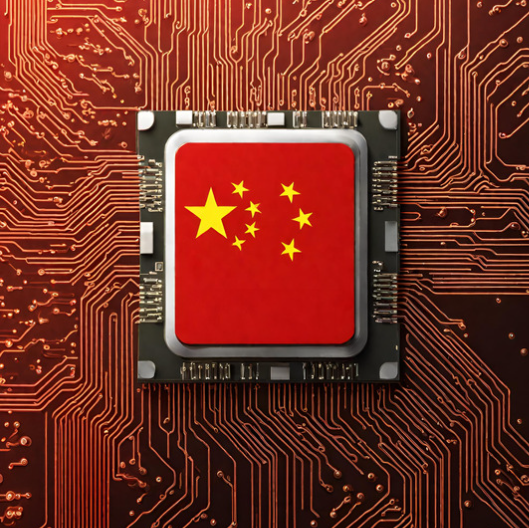In a remarkable uptick, Chinese imports of chipmaking equipment witnessed an astonishing 90% surge in the last quarter, reaching a total value of $8.7 billion, as reported by Nikkei’s analysis of Chinese customs data. Notably, lithography equipment imports experienced an unprecedented fourfold increase, with a sixfold surge from the Netherlands alone, following the imposition of export controls by the Dutch government in September.
ASML, a leading player in lithography equipment, saw China’s share in its sales skyrocket to 46% last quarter, a substantial leap from 14% in 2022. Despite concerns that these imports might be used for high-end semiconductor production, ASML’s CFO emphasized that the shipments were designated for mid-critical and mature production processes, circumventing the advanced semiconductor sanctions.
The geographical breakdown of imports indicates a shifting landscape. Japanese imports increased by 40%, with contributions from Tokyo Electron’s specialty in lithography and etching equipment. Meanwhile, imports from the U.S. grew by 20%, although the American share dropped to 9% from 17% in 2021. Dutch imports surged to 30%, and Japan’s share declined to 25% from 32%.
Export restrictions imposed by the U.S., Japan, and the Netherlands in October 2022 triggered concerns about the potential misuse of imported equipment. The Semiconductor Industry Association urged stronger coordination among allies to maintain a level playing field in response to expanded U.S. curbs.

China’s Semiconductor Market:
In the global market, China emerged as the largest market for semiconductor production equipment, representing 29% of global sales in the April-June quarter, according to trade group SEMI.
The highlight was, Huawei’s release of a 5G smartphone featuring a homemade advanced 7-nanometer chip despite U.S. restrictions. Questions, however, lingered about the fabrication sources as Huawei faced limitations on using American equipment.
The current U.S. efforts to restrict chip exports to China, focusing on EDA tools and capital equipment, aim to curb China’s drive toward semiconductor self-sufficiency. While China boasts a large chip market demand and government support, it faces challenges in dependency on key inputs like EDA and capital equipment. As China aims to expand in mature nodes like 28 nm, it faces reluctance from Europe and Japan and limited acceptance in foreign markets.
The surge in chip equipment imports by China raises significant global concerns and underscores the complex dynamics shaping the semiconductor industry.
Related:
- China is Investing in High-Tech Manufacturing, Ranging from EVs to Semiconductors
- China’s Chip Industry remains largely unaffected by US sanctions
- Chinese chipmaker YMTC takes legal action against Micron for Patent Infringement amid escalating US-China tensions
(via)







